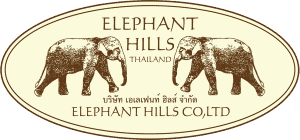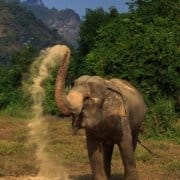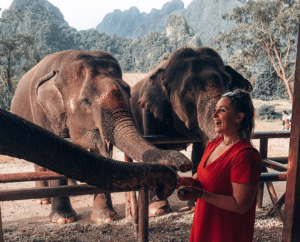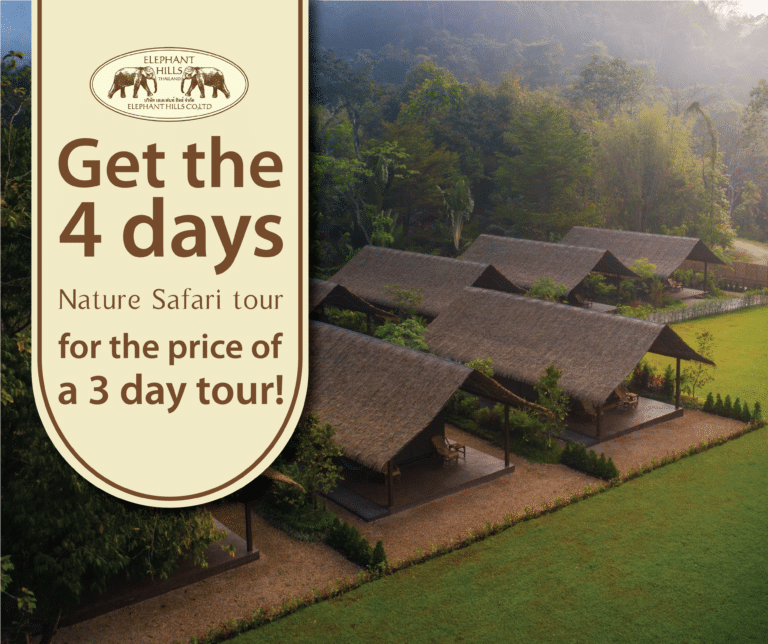Salt lick preparation at Khlong Saeng Wildlife Sanctuary
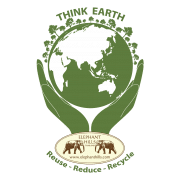
We recently had the great pleasure to join hands on an exciting new project activity with the local Wildlife Sanctuary and Research Station at the beautiful Khlong Saeng area. Khlong Saeng is a wildlife sanctuary that consists of 1,156 km2 of pristine rainforest in the northern parts of Cheow Larn Lake where our floating tented camp is located.
In fact, our camp is located right at the border of two protected forest areas: the land behind our Rainforest Camp is part of Khlong Yan Wildlife Sanctuary, whereas the opposing banks belong to Khlong Saeng Wildlife Sanctuary. Moreover, if you are in the water, or on our floating resort, you are in Khao Sok National Park.
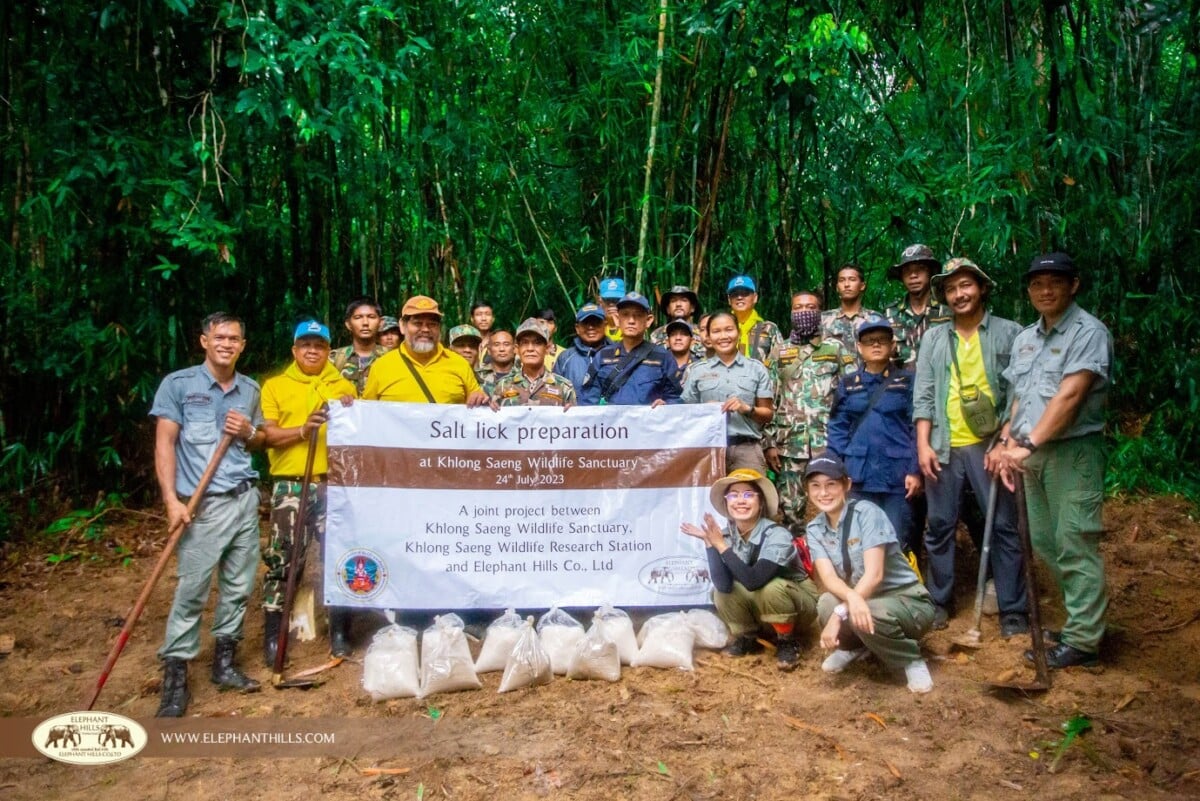
A joint salt lick preparation by Khlong Saeng Wildlife Sanctuary, Khlong Saeng Wildlife Research Station and Elephant Hills
Camera traps at Khlong Saeng Wildlife Sanctuary
This wonderful rainforest area is a home to numerous rare and even endangered animals, such as wild Asian Elephants. Each National Park and Wildlife Sanctuary in Thailand has their own specific advantages and challenges when it comes to sustaining the increasing wild elephant and other wildlife populations.
Some areas lack food, lowland areas, fresh water, or natural mineral licks. Khlong Saeng area has plenty of fresh water, thanks to the several streams and the 165km2 reservoir, but the wildlife sanctuary and research station have determined that it would be useful to boost mineral supplementation in the form of salt licks.
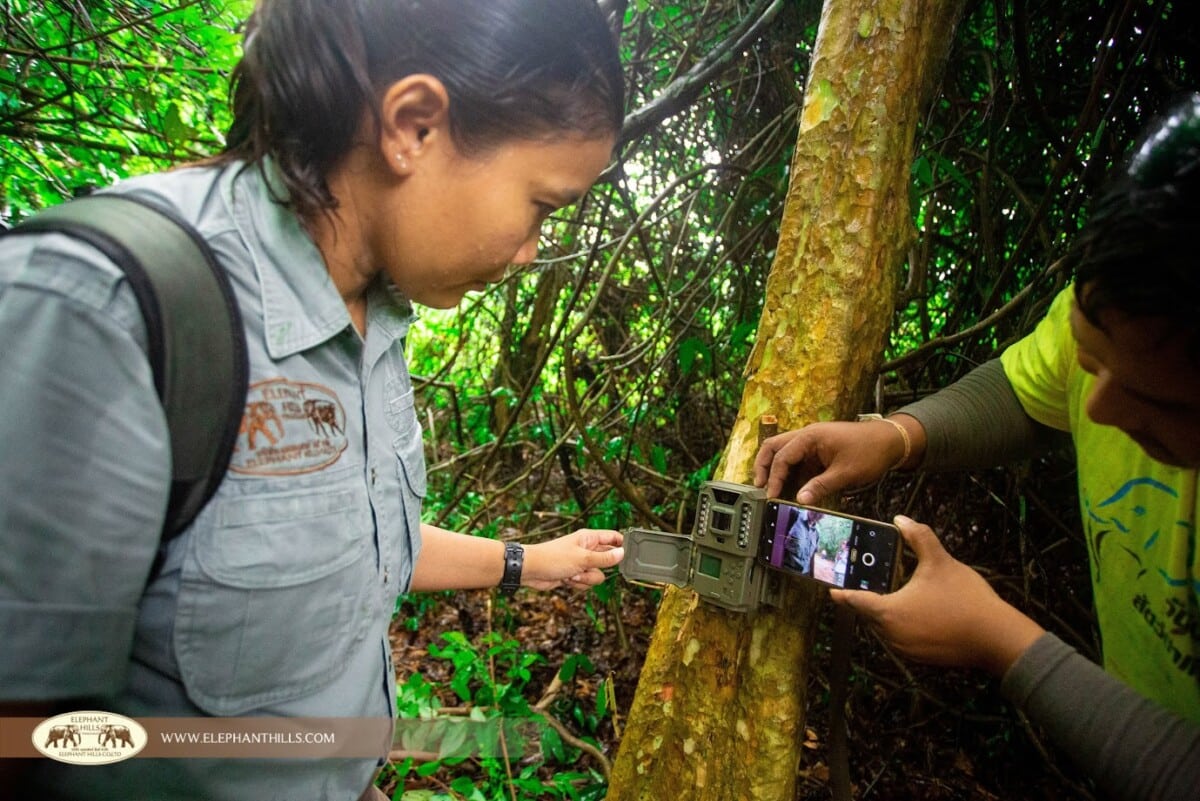
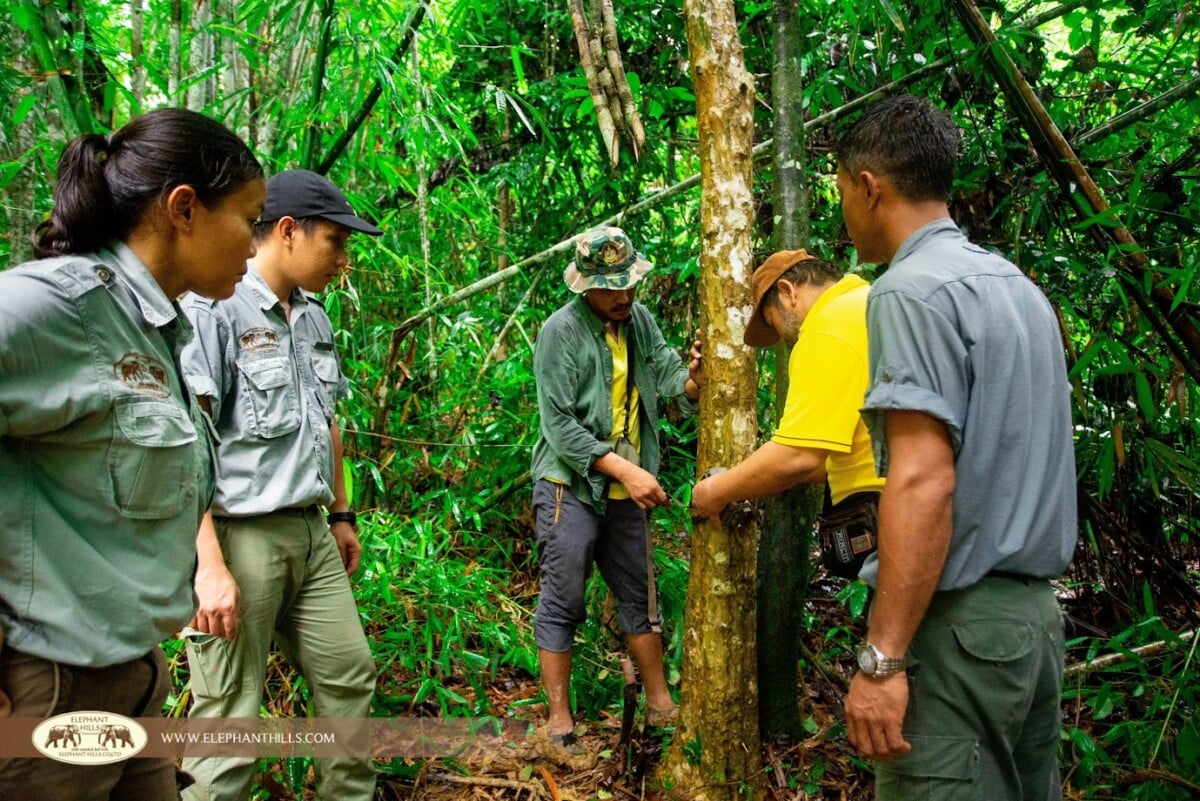
Apart from Elephants, Khlong Saeng Wildlife Sanctuary is a habitat for Gaurs, Asiatic Black Bears, Asian Golden Cats, Great Hornbills, Great Argus Pheasants, Clouded Leopards, Malayan Sun Bears and Malayan Tapirs. Within our Wildlife Monitoring Project, we have managed to capture most of them on our motion triggered camera traps.
Since the start of the project in 2011, we have been absolutely amazed by the abundance of wildlife that lives right next door to our floating resort. We have had several wild elephant herds with numerous calves passing by our cameras and have even witnessed a family of wild elephants sleeping on the forest floor and abruptly getting up upon hearing a sound.
Preparing the salt licks
We started this project activity by meeting the teams from Khlong Saeng Wildlife Sanctuary, Khlong Saeng Wildlife Research Station and Department of Fisheries at Cheow Larn Lake pier and travelled to the Rainforest Camp by our longtail boat. Based on our prior meeting regarding the preparation of four salt licks, we had sourced 70kg of essential minerals, and 120kg of salt.
The types and correct proportion of minerals and salt to best benefit the wildlife in the area was carefully determined by the leaders of the wildlife sanctuary and research station. After a quick brief led by the Head of Wildlife Sanctuary, we set out to make the first and largest salt lick on the opposing bank.
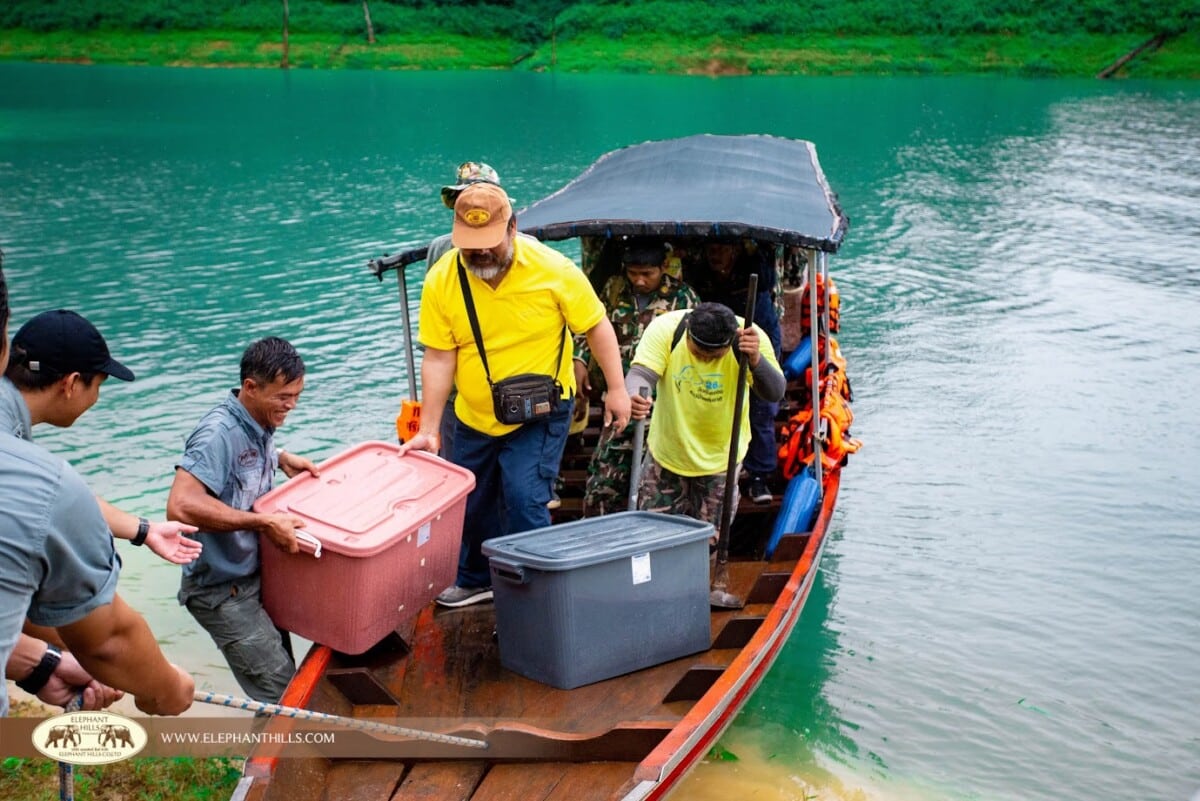
Cheow Larn Lake’s water level can alternate by several meters depending on the rainfall feeding the lake from the vast surrounding areas and amounts of water released through the dam to generate hydroelectricity. Therefore, it was crucial to make the salt licks on high enough ground to ensure they are beneficial for wildlife even during the periods of highest water levels.
Our group totaling over thirty people spent half a day making four salt licks, all located several hundreds of meters from one another. The Head of Wildlife Research Station instructed the team on the correct depth and amount of minerals and salt. He monitored shaping of the boundaries of each mineral lick to prevent rainwater washing them away. We gathered for a nice lunch at the Rainforest Camp at the end of the activity.
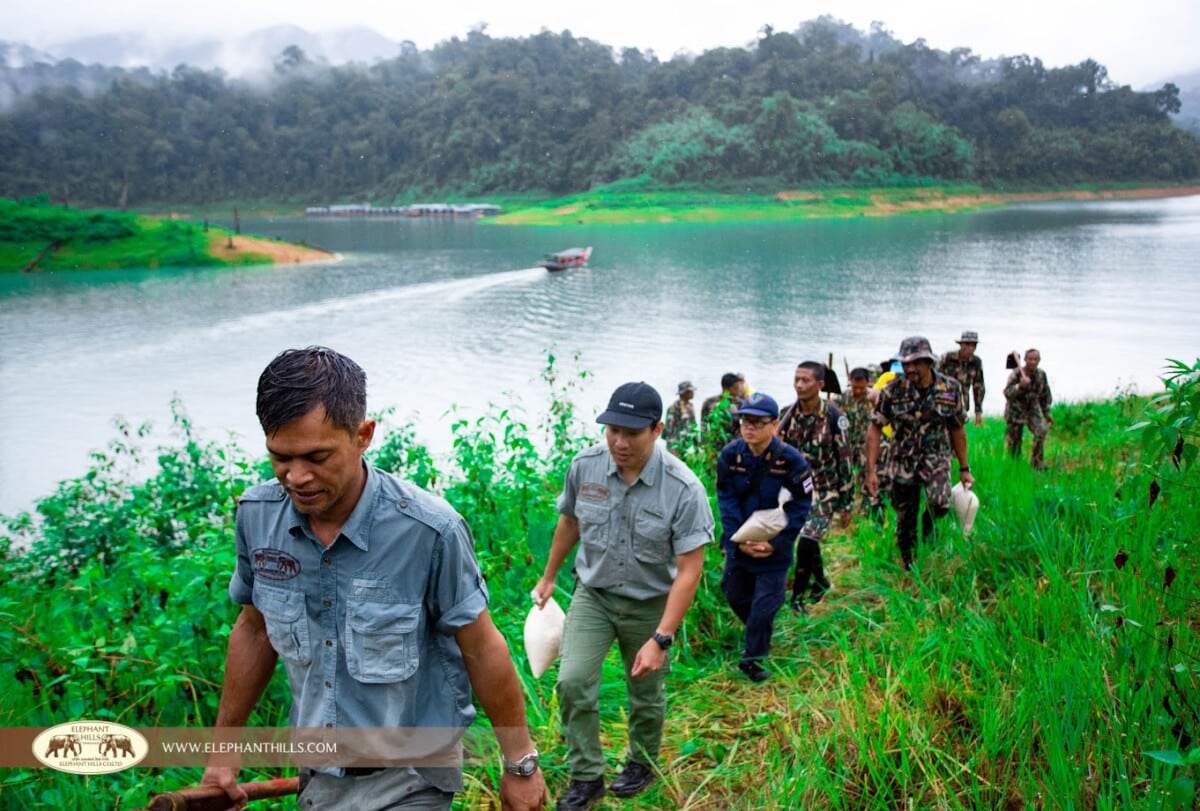
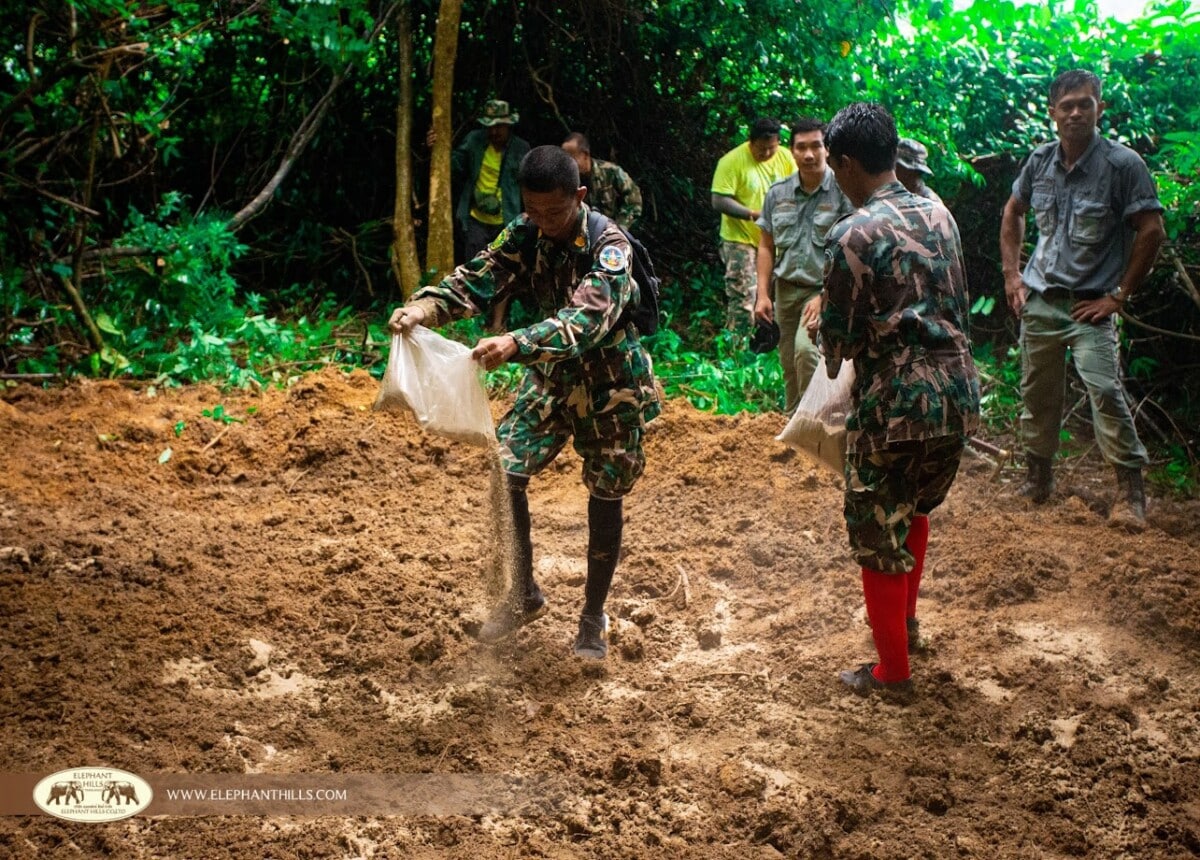
Six camera traps were placed in the close proximity to the salt licks, and we cannot wait to see the footage after a couple of months’ time! After six months we will meet the teams at the salt licks again to check them for need of maintenance or adding salt and minerals into the pits.
We are very thankful for the continuous support from the local Wildlife Sanctuary and Research Station towards our Wildlife Monitoring Project and are pleased to do our part in contributing to their conservation efforts through joint projects like this.
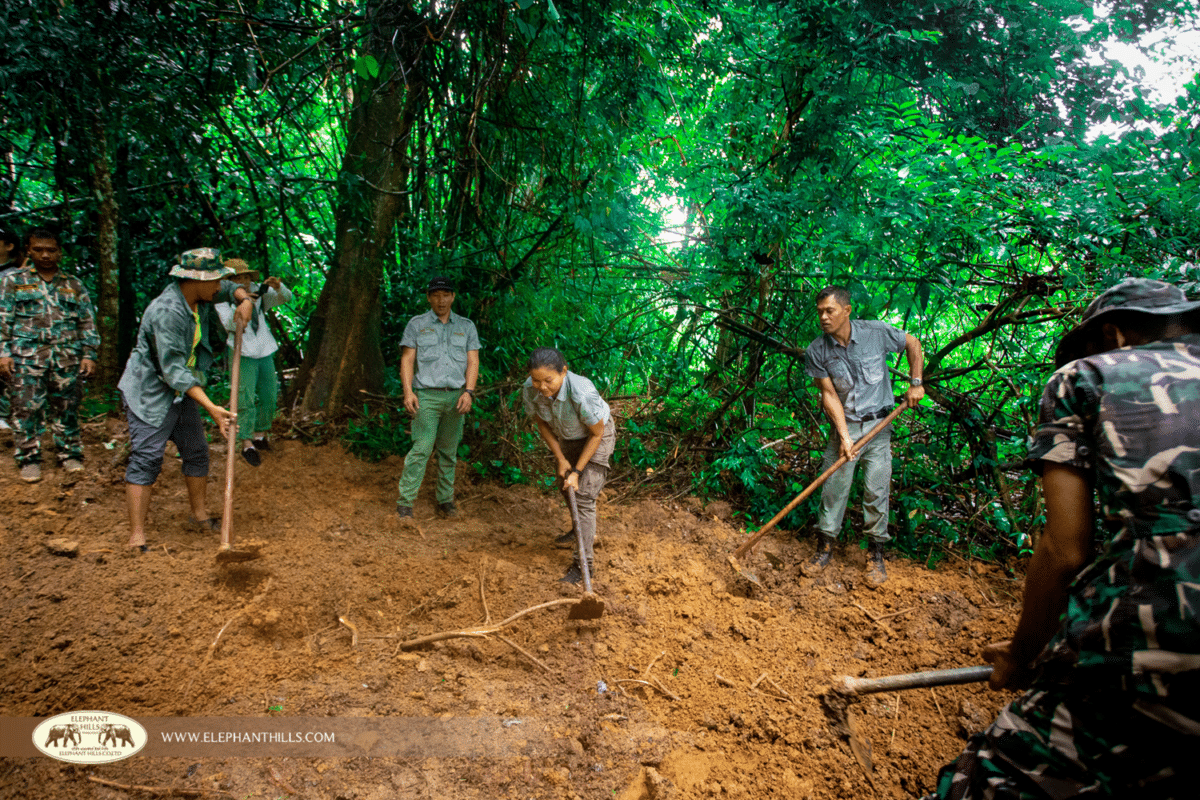
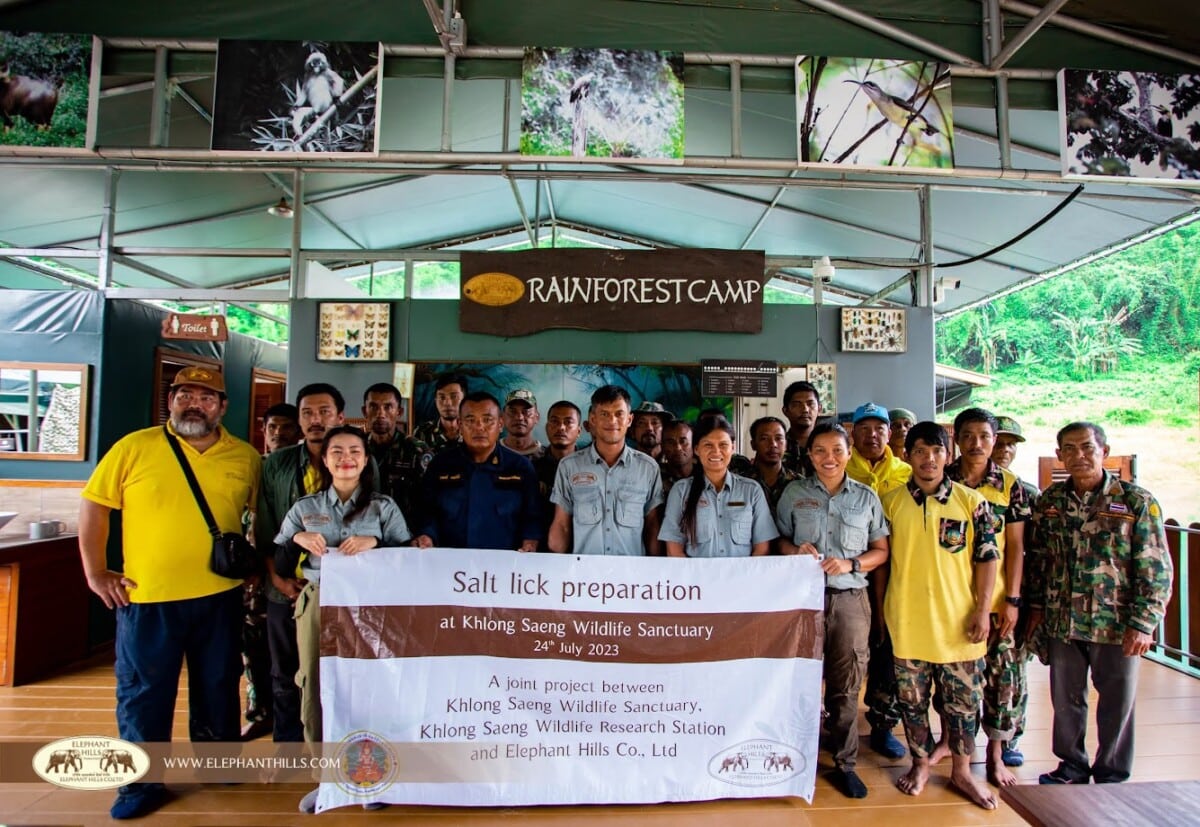
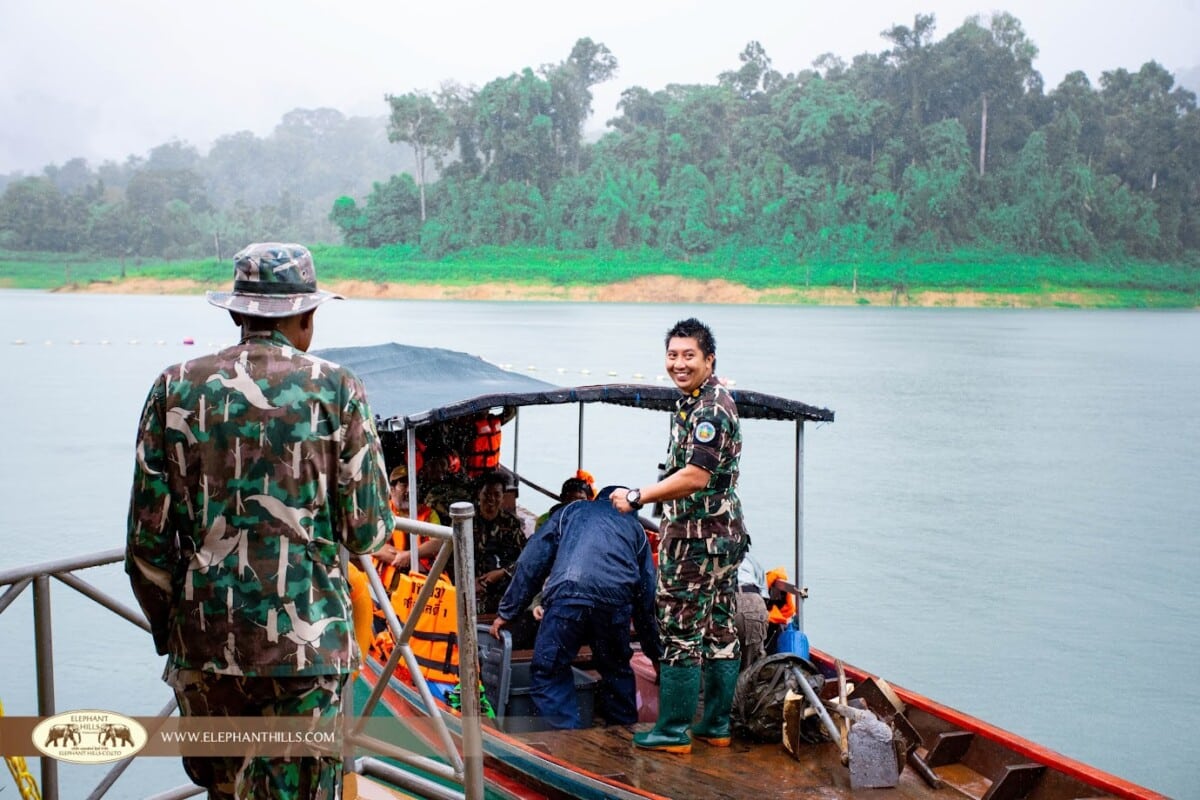
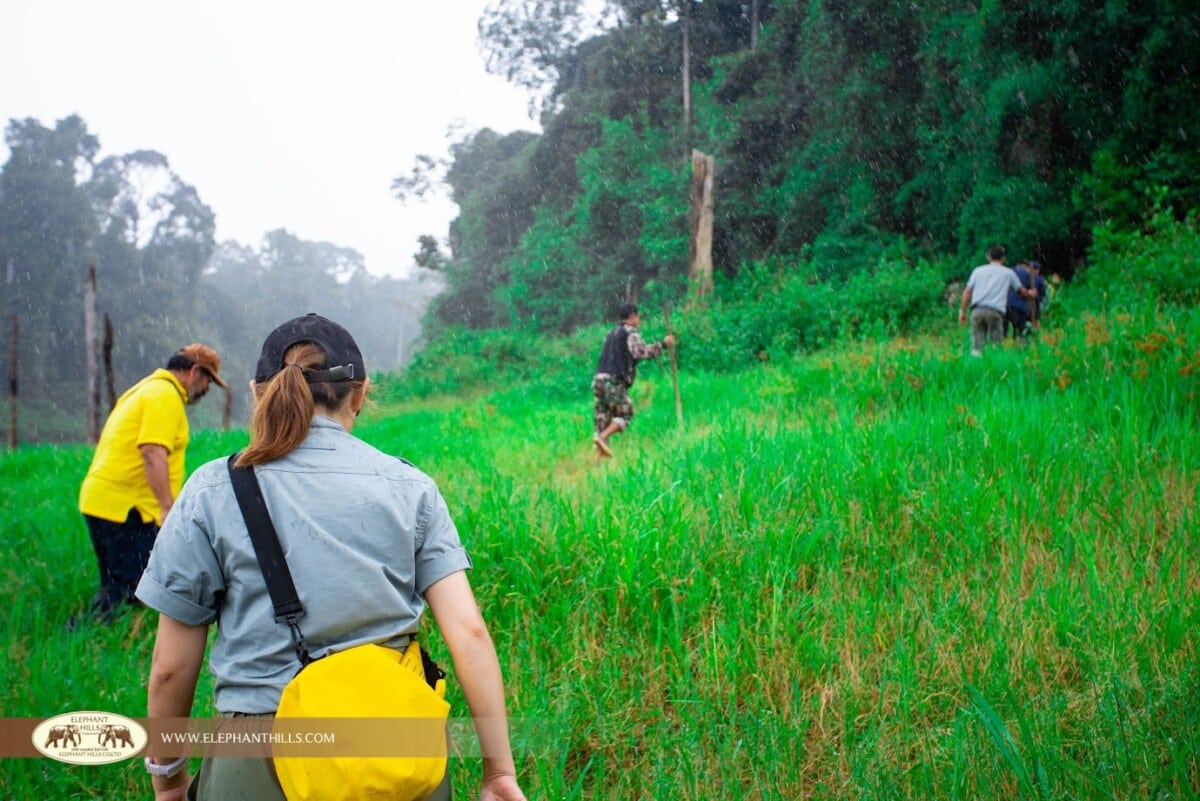
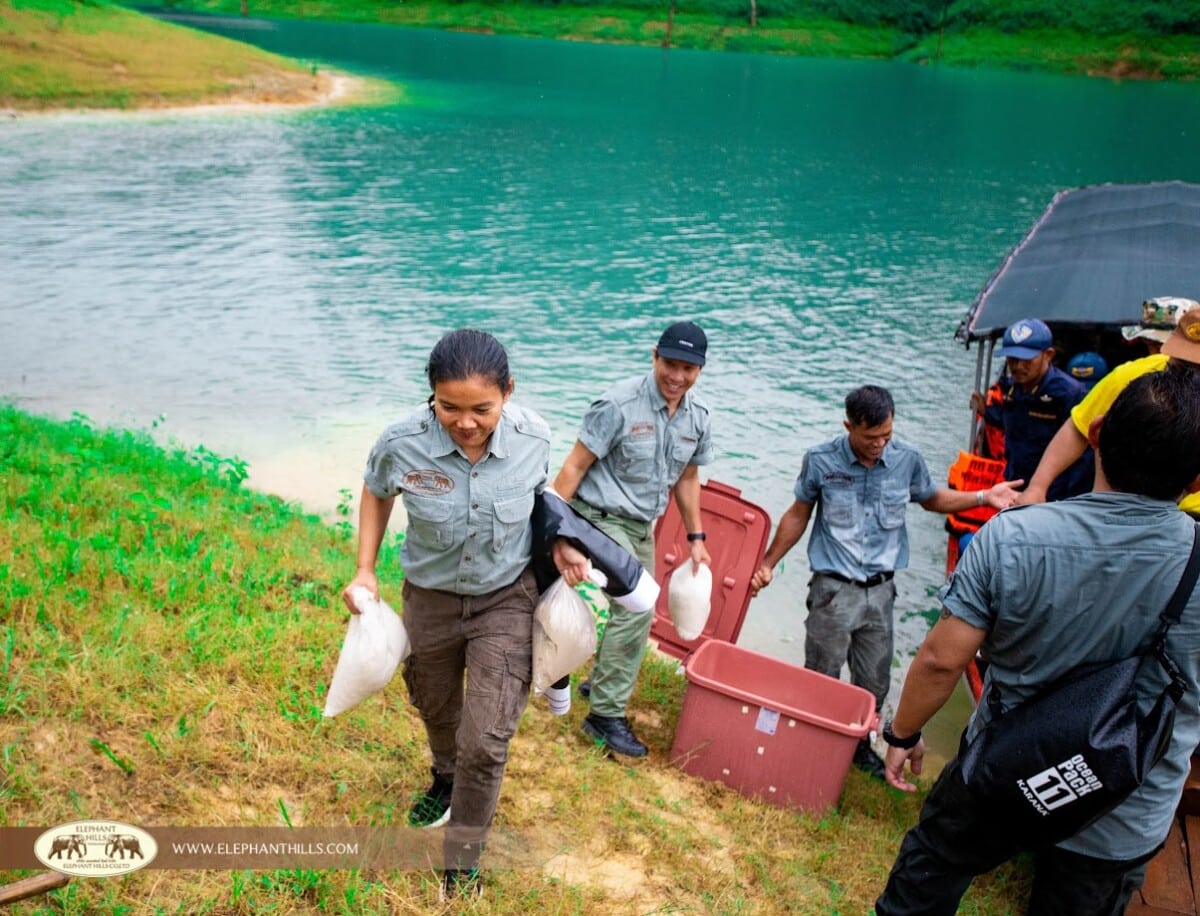
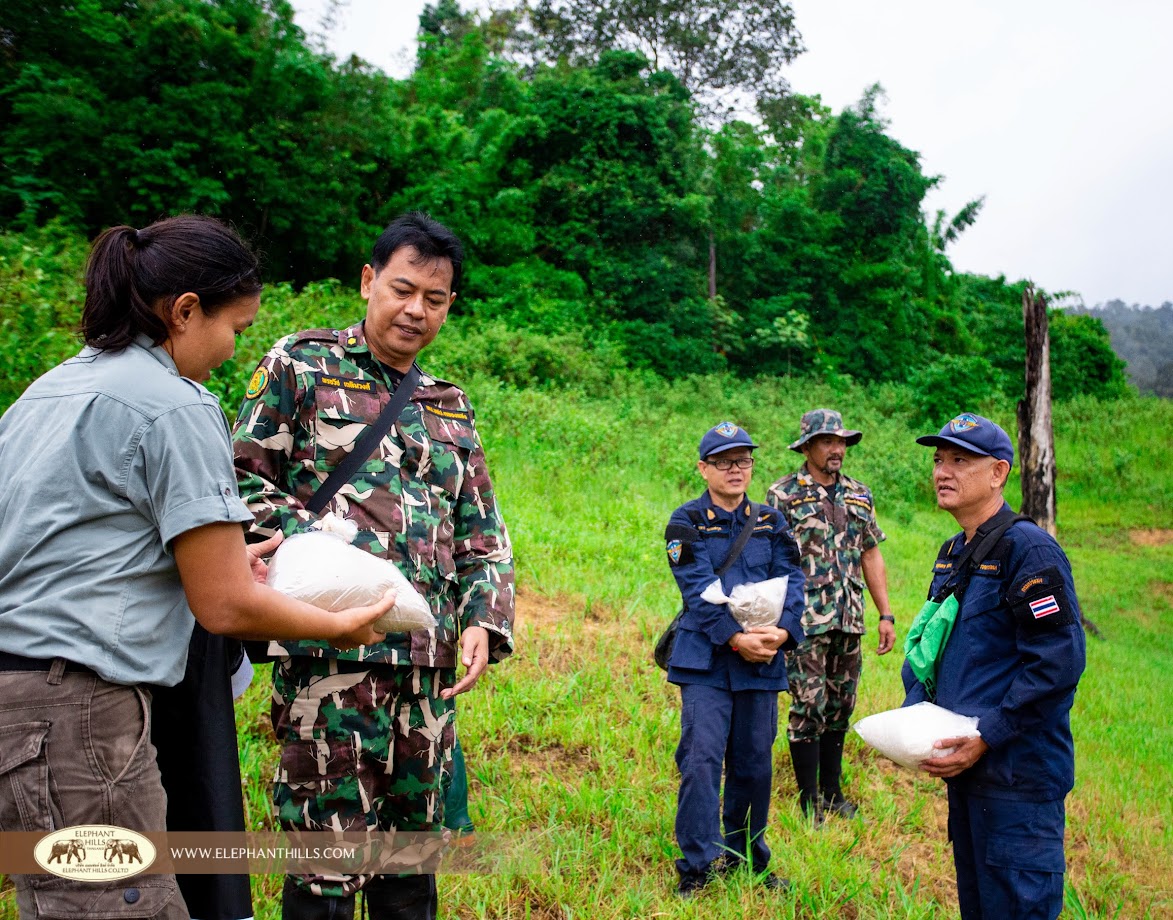
We are currently looking for partners to co-operate with our Wildlife Monitoring Project through corporate sponsorship. Would you like to donate a camera trap for recording the amazing wildlife in one of the world’s oldest rainforests? We and our nature-loving followers would definitely be thrilled to see the footage!
By gathering information on the flora and fauna in Khao Sok, we believe we can help the National Parks and Wildlife Sanctuaries with their continuous efforts on preserving this unique area.
Please contact us at [email protected] to discuss the options.
